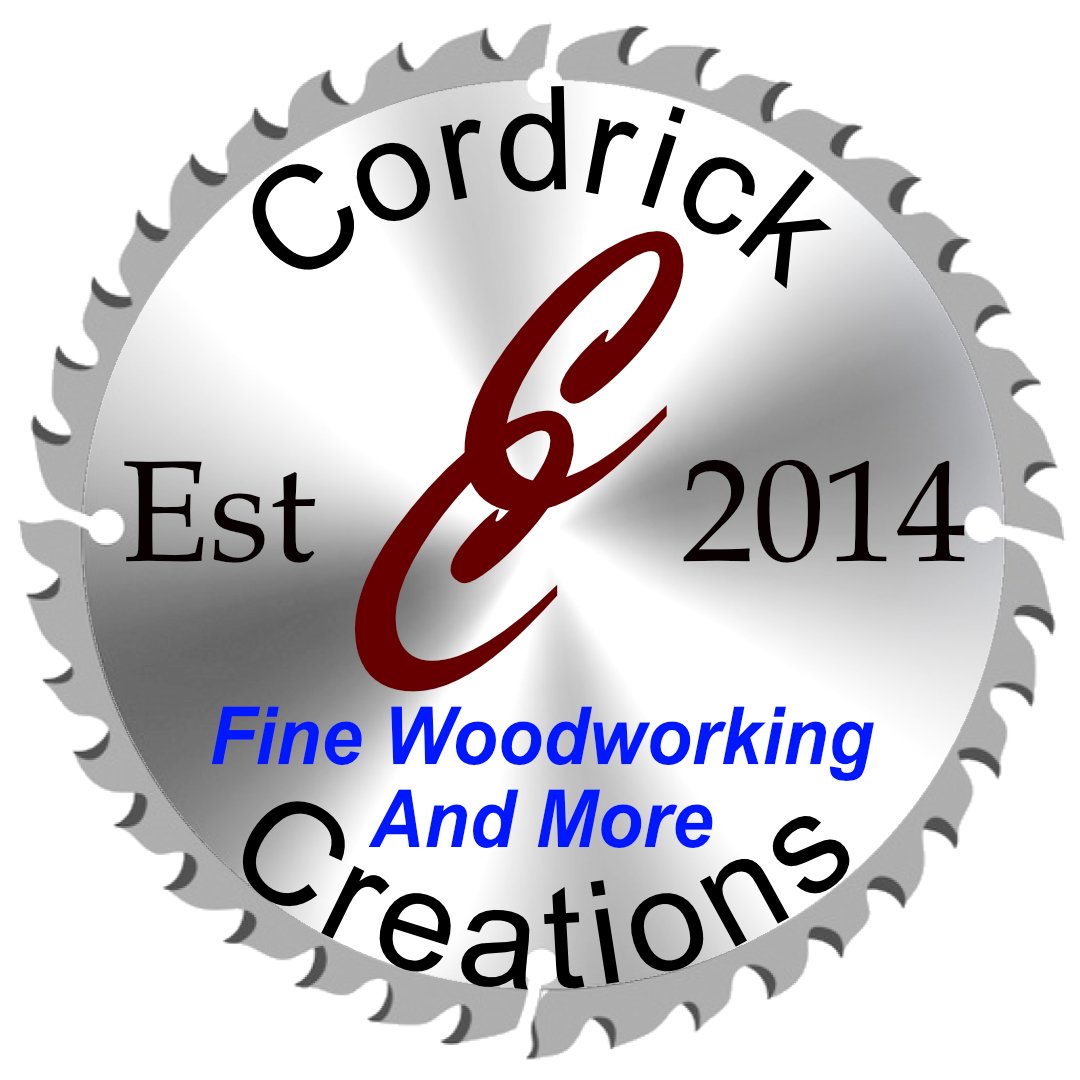What is the difference between wood cutting boards and plastic cutting boards?
When it comes to cutting boards, there are two main types: wood and plastic. Both have their own pros and cons, so it's important to understand the differences before deciding which one to use in your kitchen.
Wood cutting boards are made from a variety of hardwoods, such as maple, walnut, and cherry. These boards are durable and can withstand heavy use, making them a good choice for chopping and slicing meats, fruits, and vegetables. They also have natural antibacterial properties, which can help to keep your food safe from harmful bacteria. However, wood cutting boards can be expensive and require more maintenance than plastic cutting boards. They should be washed with warm soapy water and occasionally oiled to maintain the finish.
Plastic cutting boards, on the other hand, are made from a variety of materials, such as polyethylene and polypropylene. These boards are lightweight, easy to clean, and less expensive than wood cutting boards. They are also dishwasher safe and can be easily replaced when they become worn or stained. However, plastic cutting boards can be less durable than wood cutting boards and can be prone to warping or cracking with heavy use. They also can dull knives faster than wood cutting boards.
Ultimately, the choice between a wood or plastic cutting board comes down to personal preference and how you plan to use it. For heavy use, wood cutting boards are a great option because of their durability and natural antibacterial properties. But if you are looking for something that is easy to clean, less expensive, and more versatile, a plastic cutting board may be the better choice.
It's also worth noting that there are now a lot of bamboo cutting boards that are more eco-friendly and also have good properties for cutting and maintaining them as well. They are also durable and have natural antibacterial properties like wood but less expensive.
In summary, both wood and plastic cutting boards have their own set of pros and cons. Consider the type of food you will be cutting, how frequently you will be using your cutting board, and your budget when choosing between wood and plastic cutting boards.

